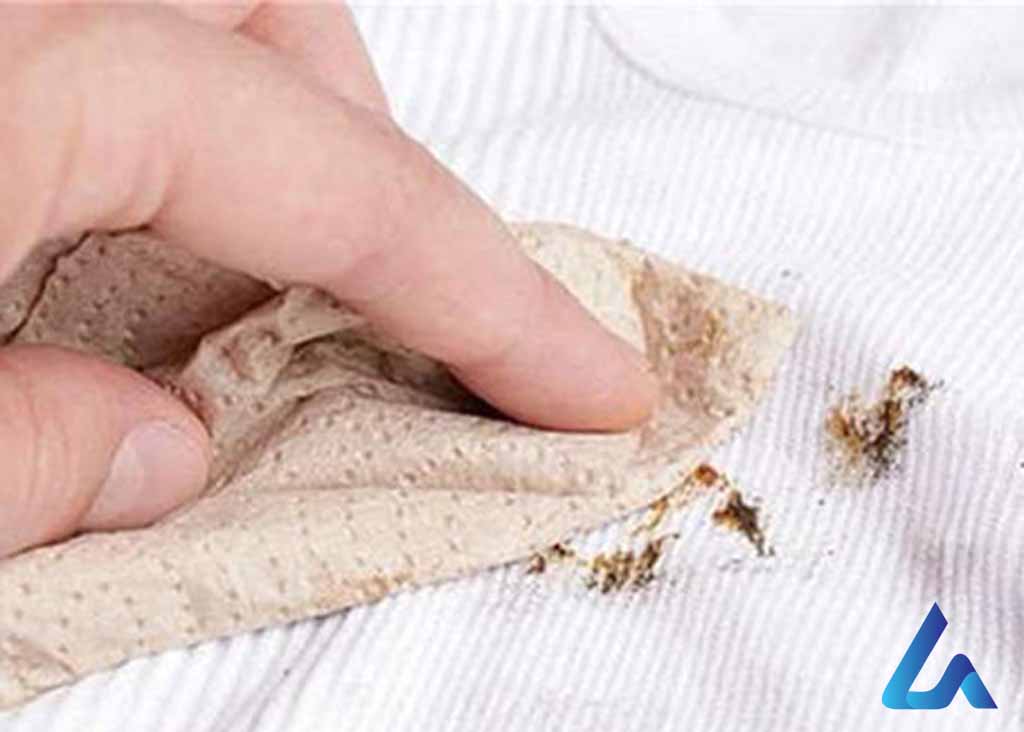Soil Release Finish
- All fibers get soiled but most of them can be washed clean with detergents, soap & water which penetrates the fiber.
- However, problems can arise with fabrics that are hydrophobic and oleophilic (oil attracting) – e.g. polyester
- A soil release finish will lessen the problem. This finish does not prevent soil from entering the fabric, instead, it allows it to leave the fabric faster.
Types of Soil Release Finish
There are two types of soil release treatments available
1. Oleophobic treatments
2. Treatment with hydrophilic substances
The soil release finish helps to:
1. Remove soil from the fabric and transfer it to the detergent;
2. Protect the fiber from attack by soil;
3. Prevent the re-deposition of soil that has been dissolved or dispersed;
4. Prevent dust from being attracted and held by electrical charges on the fabric surface.
• Fluorocarbon and nanotechnology are the commonly used soil release finish in the textile industry.
Fluorocarbons
• Fluorocarbon coatings give a durable stain-resistant and soil release finish.
• This finish penetrates the individual fibers & forms a coating that repels spills and staining agents. The surface properties of the fabric are not altered. Liquid spills can be blotted while soil stains get removed during laundering.
• This coating, however, gives the fabric a stiffer hand-feel and may affect other fabric performance features.
Nanotechnology
• This involves chemical treatment of the fabric to create a surface that repels both water and oil. Most stains come from liquids (like orange juice). The liquid dries up and develops a stain.
• If the liquid can be kept from getting sucked in by the fabric fibers, a stain can be prevented from happening.
Using nanotechnology, unique and permanent stain-resistant finishes have been developed.
• Nanotechnology is defined as the precise manipulation of individual atoms and molecules to create layered structures on the fabric surface.

